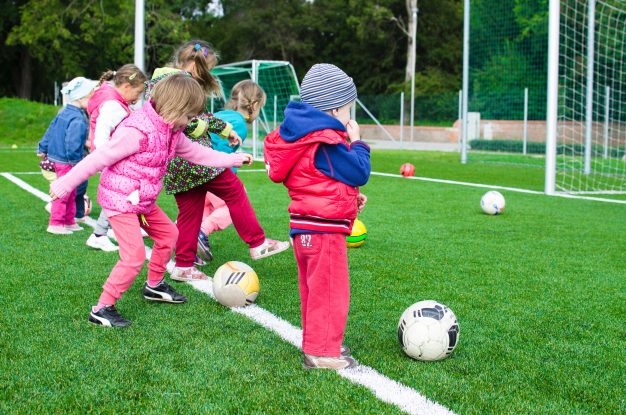
Updated guidelines for US children and youth
Earlier this month the U.S. Department of Health and Human Services released the second edition of the Physical Activity Guidelines for Americans. There are new key guidelines for children ages three through five and updated guidelines for youth ages six through seventeen.
This is the first time the federal physical activity guide has been updated since 2008.
Recommendations
The second edition contains evidence-based recommendations for children ages three to seventeen to safely get the physical activity they need to stay healthy. The guide states “it is important to provide young people opportunities and encouragement to participate in physical activities that are appropriate for their age, that are enjoyable, and that offer variety”.
According to the guide children younger than six years undergo periods of rapid growth and development. Which is why the new key guidelines for preschool children (ages three to five) suggest they should be physically active throughout the day to enhance their development and to teach important movement skills.
For children and adolescents aged 6 through 17 years, it is recommended that they do 60 minutes or more of moderate-to-vigorous physical activity daily. Three types of physical activities are listed and should be done at least three times a week; aerobic physical activity, muscle-strengthening physical activity and bone-strengthening. As Quartz recently reported, “play is so crucial, in fact, that in a recent policy report, the American Academy of Pediatrics suggested that paediatricians actually prescribe it”.
Conclusion
Admiral Brett Giroir, the US Assistant Secretary for Health said, “The new guidelines demonstrate that, based on the best science, everyone can dramatically improve their health just by moving – anytime, anywhere, and by any means that gets you active.”
The guideline concludes by urging health professionals and policymakers to “facilitate awareness of the guidelines and promote the health benefits of physical activity and support efforts to implement programs, practices, and policies to facilitate increased physical activity and to improve the health of the US population”.
To read the guideline in full click here.




